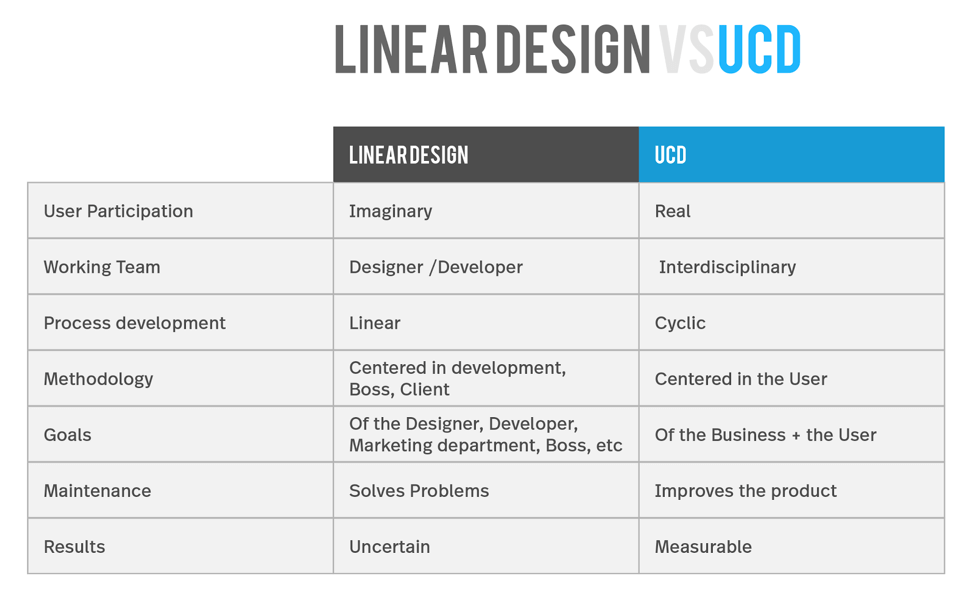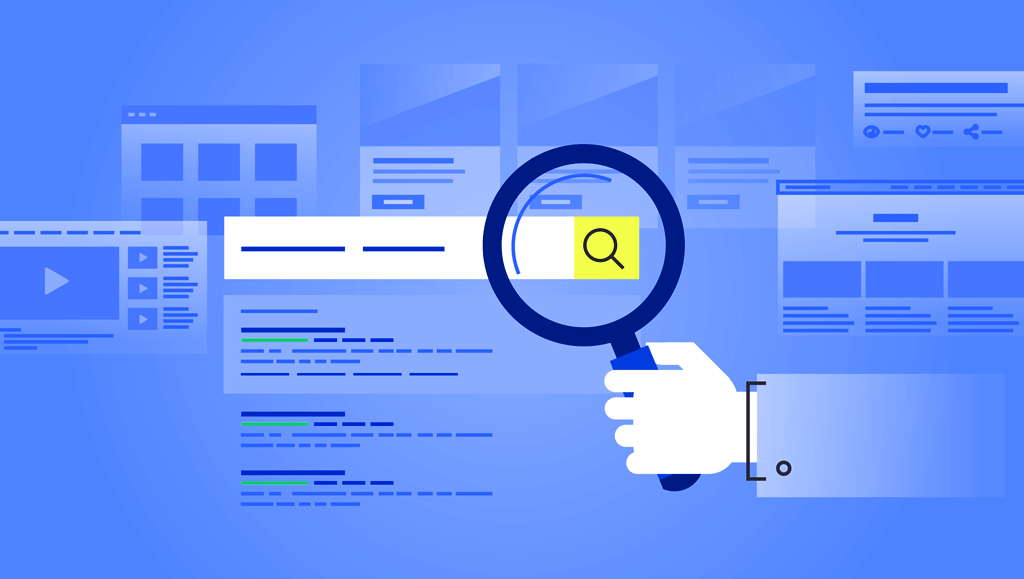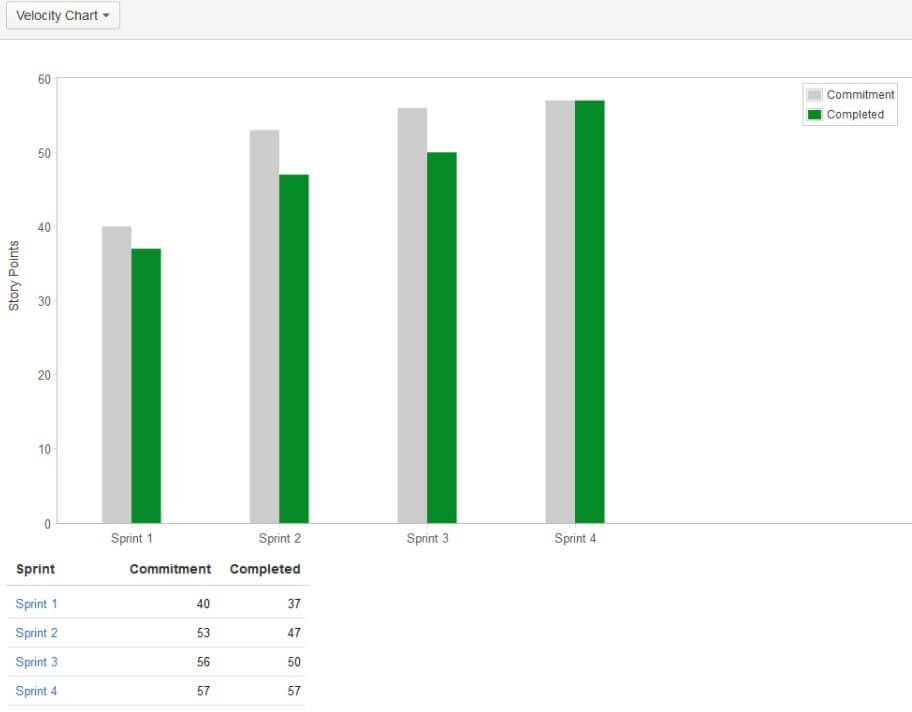 Mobile apps have become such an ubiquitous item that it seems everyone imaginable has one, literally everyone… even Barilla pasta has an ‘iPasta” mobile app. The question is what sets mobile apps apart from the OK from the GOOD from the GREAT?
Mobile apps have become such an ubiquitous item that it seems everyone imaginable has one, literally everyone… even Barilla pasta has an ‘iPasta” mobile app. The question is what sets mobile apps apart from the OK from the GOOD from the GREAT?
Designing a great mobile app is no simple task and it’s more than just what the app “looks like”. We have compiled a small list of helpful tips to think about while you make your next mobile app.
Execute one thing, really well
Ok so obviously.. Right? Everyone wants and needs to execute something in order to be successful. Being able to have a functionality that you can execute on really well is the foundation for all great apps. Think about Netflix, Uber or Dropbox- they do ONE thing really, really well. They each became extremely successful by not over complicating their purpose, Netflix: watch a movie/TV show, Uber: find a ride, and Dropbox: access your files from anywhere. Each started with a single purpose and each grew to become much more than that.
To be truly successful you need to focus your energy on making sure your product does one thing perfect. Whether that’s showing people where the cleanest water fountains are in the city, or rating their favorite libation. Our suggestion would be to start small and then add features to your core application once you have established what you are and what you want to be.
Solve a user problem
If your application doesn’t solve a need that people currently have it will never be successful. The market is flooded with apps that do little to nothing at all for the people who download them. If a user doesn’t see benefit, well more times than not the user will delete the app. Users are looking for something out of your app- you need to be able to give them something in return.
People have little to no time to spare on your product, so creating something that can save them time, or give them some time back will make a huge impact. Apps like Operator, which offer on-demand “concierge” type services for buying products are on the front line of a new wave of app design. By allowing people to shop with a simple text request you can save someone hours of site browsing, allowing them to spend their time doing things that matter most to them.
Consistency
Making sure that your app has the same feel throughout does several things. It ensures that a button designed on one screen looks and acts the same on every other screen it appears on. It adds a level of polish to your finished product that makes it more professional, and it establishes an interface pattern that allows users to recognize similar elements on different screens. Without consistency in your application users will get frustrated and annoyed.
User experience
At Mobomo, we take user experience seriously. We make sure that all of our designs are user centric. You need to account for things like empty states, error pages, users who are less savvy, physical and technical limitations,etc.
The best way to make sure your application meets these requirements is to ensure that your discovery and IA phases dive deep into what your users are expecting to get out of your product. Make sure that their needs are being met, and that your business needs are aligned with their expectations. Doing things like user testing and user interviews will help you to get to a place where you can truly understand what it is that your users want.
Lastly, make sure you’re listening to the people using your product. Take their feedback seriously, listen to what they’re saying and refactor your application to meet their needs.
Pleasing visual design
While visual design is far from the only part of your application, it still ranks as one the most important. An aesthetically pleasing product is like having a well manicured lawn in front of your house, it’s the first thing people see and can either drive them to explore further, or turn them away entirely. Recently the Nielsen Norman Group released an article stating that users are actually more tolerant of minor usability issues if the application or product is visually appealing.
Fast and reliable
Last on the list is the optimization of your application. Make sure that your code is written as concisely as possible, fixing any bugs that arise as soon as possible, and making sure any bitmap assets are as compressed as possible will help to keep your product running fast and smooth.
Now it will take a little more than just this list to create a well designed mobile app, but this is a pretty solid foundation, and one we follow here at Mobomo on our projects. We’d love to hear from you about your thoughts on the subject too, what steps you take and any tips you might have.

 The first time someone comes across the term “User Centric Design” there might be confusion because isn’t all design user centric??? Arguably yes, but…
The first time someone comes across the term “User Centric Design” there might be confusion because isn’t all design user centric??? Arguably yes, but… It’s always good to have a pulse check on your design to make sure its still meeting the needs of your target audience. If you are questioning the effectiveness of your design, get in touch, we are happy to chat! In the mean time, be sure to check out our
It’s always good to have a pulse check on your design to make sure its still meeting the needs of your target audience. If you are questioning the effectiveness of your design, get in touch, we are happy to chat! In the mean time, be sure to check out our 

 Cattle, on the other hand, aren't like pets. They're typically given numbers instead of names. They're expendable and (with apologies to vegetarians everywhere) disposable. Rather than being cared for individually, they are completely managed by repeatable and documented processes. If there's a problem with one cow, the herd is unaffected. The sick cow is, shall we say, simply removed from the herd and life goes on.
Cattle, on the other hand, aren't like pets. They're typically given numbers instead of names. They're expendable and (with apologies to vegetarians everywhere) disposable. Rather than being cared for individually, they are completely managed by repeatable and documented processes. If there's a problem with one cow, the herd is unaffected. The sick cow is, shall we say, simply removed from the herd and life goes on.





